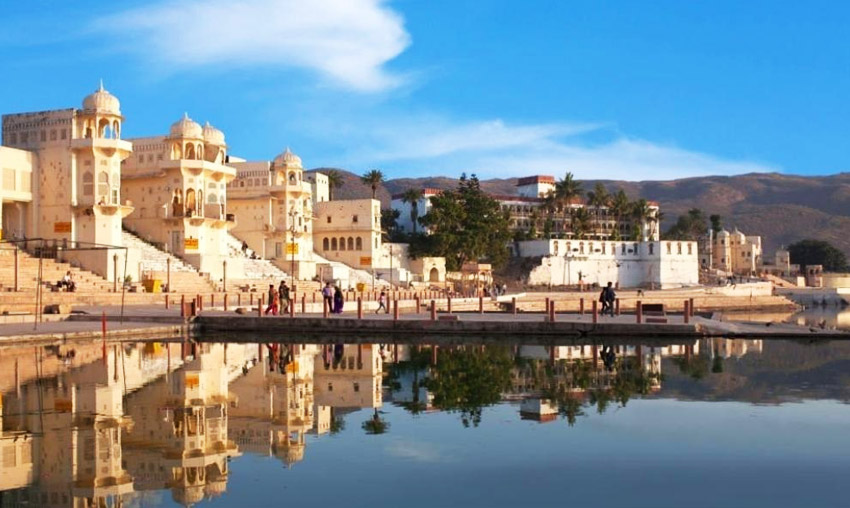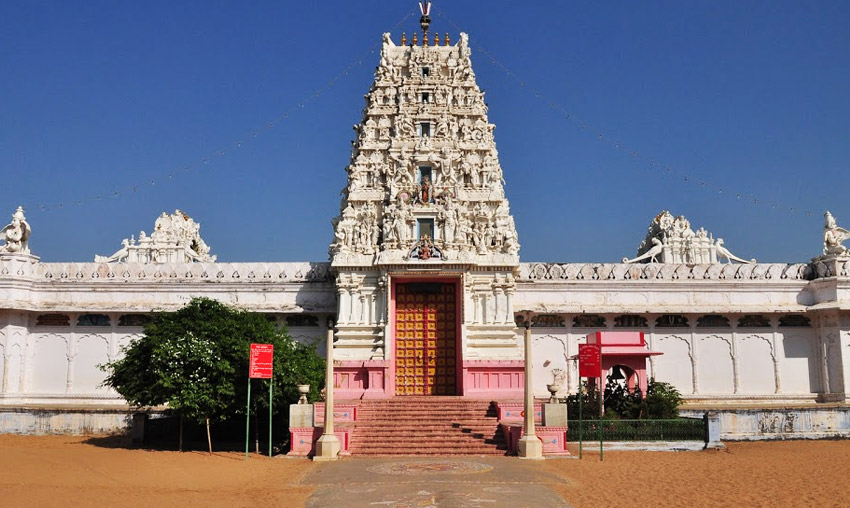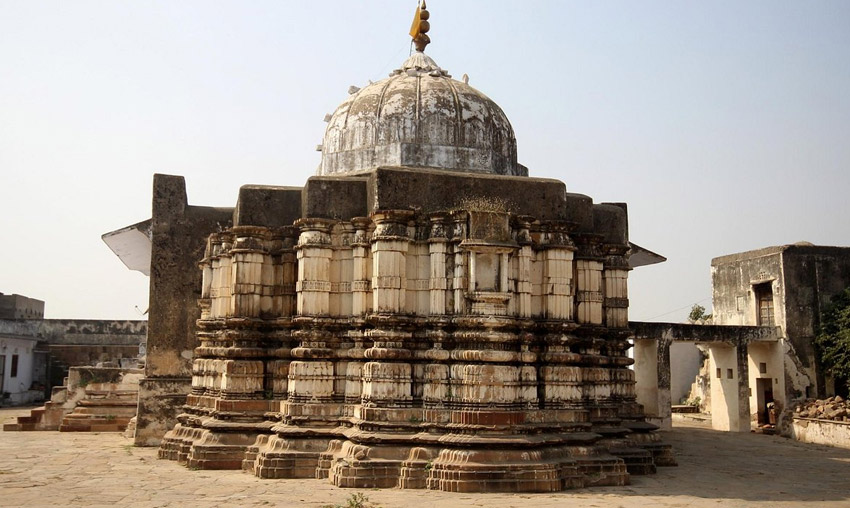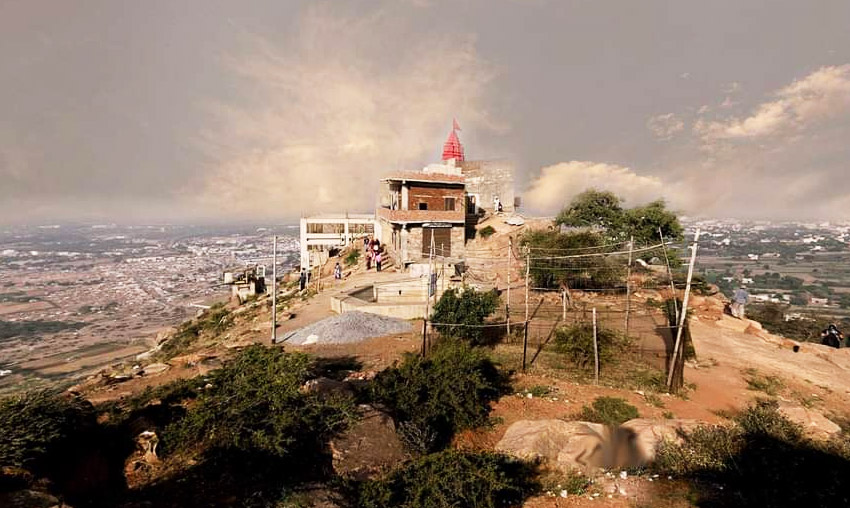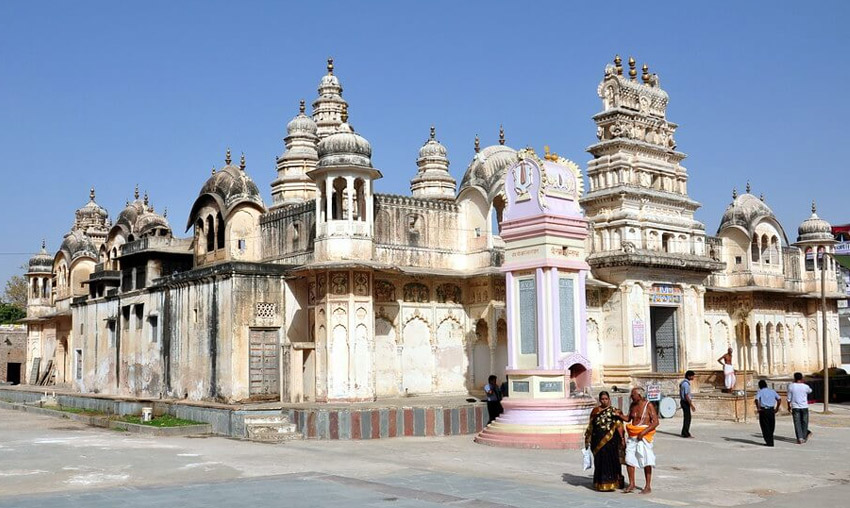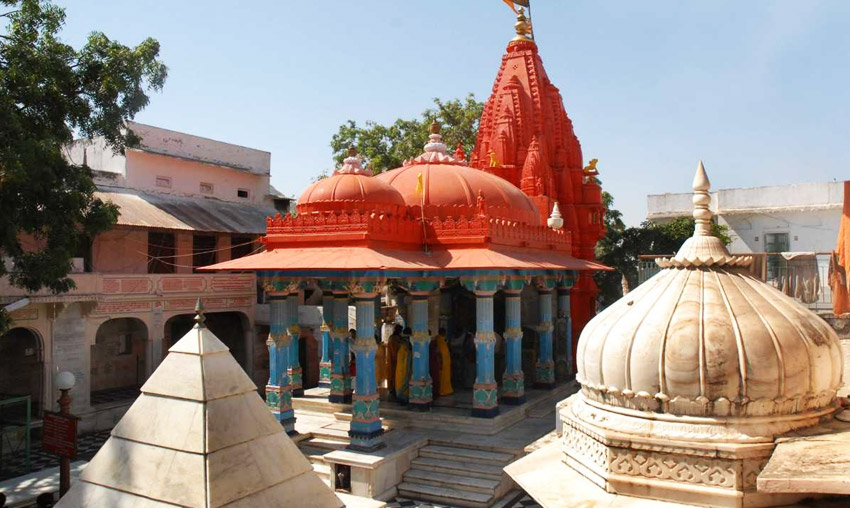Pushkar Lake Rajasthan history, timing, night view & how to reach
Pushkar Lake is located in Pushkar, Rajasthan, surrounded by the Aravalli ranges. It is considered the sacred lake for Hindus in India, where pilgrims flock in great numbers to take a holy bath. It is surrounded by more than 500 temples and 52 bathing ghats, which are a set of steps that lead to the water.
The five holy lakes that make up Panch-Sarovar are Mansarovar, Bindu Sarovar, Narayan Sarovar, Pampa Sarovar, and Pushkar Sarovar, according to Hindu theology. The most important of these is Pushkar Sarovar, also known as Lake. The lake is thought to have formed where Lord Brahma’s lotus petals fell during his destruction of Vajra Nabha.
Situated in Pushkar, the oldest city in the region and frequently referred to as “Tirtha-Raj” or the “king of pilgrimage,” the lake’s existence dates back to the second century BC. Millions of devotees flock to the lake because they believe that the renowned waters of the Pushkar will cleanse them of all their sins. A dip in the lake on Kartik Poornima, the holiest day, is thought to be equivalent to the benefits of yajnas (fire sacrifices) that have been performed for centuries.
The History and Legends of Pushkar Lake
Coins from the 4th century BC have been found that mention Pushkar Lake, indicating that the lake’s history began then. The lake’s existence in the second century BC is further supported by the inscription at Sanchi. Pushkar Lake was a popular pilgrimage destination even though it wasn’t on the trade route. One legend states that while on a hunting trip to the lake, Nahar Rao Parihar, a Rajput king from Mandore, followed a white boar. He discovered that his Leukoderma scars had disappeared as he dipped his hand into the lake to sip the water. He restored the lake after being awed by its restorative properties, and word of its benefits spread. People flocked to the lake to take a dip and heal any skin ailment. It is believed that the lake was created when a dam was constructed across the Luni River.
The story of Guru Gobind Singh, the tenth Sikh guru, reading the Guru Granth Sahib, the Sikh holy book, on the shores of Pushkar Lake is another intriguing legend. During auspicious days like Kartik Poornima and the Pushkar fair (October-November), devotees swarm to the 52 ghats, which are stone steps that descend to the lake’s edge, for a sacred dip. Gangaur Ghat, Karni Ghat, Jaipur Ghat, Yag Ghat, Gau Ghat, Kota Ghat, Gwalior Ghat, Saptarishi Ghats, Dadhich Ghat, Varaha Ghat, and ten other ghats are located on the outskirts and have been designated as “Monuments of National Importance.”
The Significance of Pushkar Lake
Everyoneofthesetenghatshasaspecialmeaning. Brahma is said to have bathed at Brahma Ghat, hence the name. The reason Varaha Ghat got its name is because it is believed that Vishnu manifested here in his boar (varah) form. Nart Singh Ghat, which has a stuffed crocodile, is located close to Varaha Ghat. In addition to its abundant aquatic life, the lake was once home to man-eating crocodiles before the British captured them and moved them to a nearby reservoir.
Over the ages, Rajasthani royal families and Maratha kings have restored the lake and the ghats. Today, there is no admission charge for visitors to the lake, which is open every day of the week from 4 am to 9 pm. The lake and its surroundings can be explored in about an hour, which makes it a great place for a day trip.
The Ghats at Pushkar Lake
One of the most significant aspects of the Pushkar pilgrimage is the Ghats, or lakeside embankments with descending stone steps. Twelve Ghats were present at the Pushkar at first, but now there are fifty-two. Since it is thought that the waters of each ghat at Pushkar have unique healing qualities, each ghat has special significance.
The ghats provide an intimate understanding of Hindu beliefs and practices, and the ambience and spiritual atmosphere there is truly remarkable. Two of the 52 ghats are particularly significant. While Lord Brahma himself is said to have worshipped and conducted a yagna inviting all celestial beings across the Hindu pantheon at Brahma Ghat, the Gau Ghat is where the ashes of notable figures such as Mahatma Gandhi, Jawaharlal Nehru, and Lal Bahadur Shashtri were submerged.
Attractions Near Pushkar Lake
The only Brahma Temple in the world is located in Pushkar Lake, one of Rajasthan’s most sacred locations. Also the lake gets crowded during various festivals and the famous Pushkar Camel Fair.
Temples Near Pushkar Lake: Approximately 500 temples can be found along the lake’s shore, many of which were destroyed when India was ruled by the Mughals. The most significant of these is the Brahma Temple, whose architecture dates to the 114th century but is thought to be around 2000 years old.
Ghats at Pushkar Lake: The lake has roughly fifty-two ghats where pilgrims can bathe. However, ten of these are the most well-known and also significant examples of historical architecture. These include Gwalior Ghat, Kota Ghat, Gau Ghat, Yag Ghat, Jaipur Ghat, Karni Ghat, Gangaur Ghat, Varaha Ghat, Dadhich Ghat, and Saptarishi Ghats.
Pushkar Fair: Beginning on Prabodhini Ekadashi, the eleventh lunar day of the bright fortnight, and concluding on Kartik Poornima, the full moon day in the month of Kartik (October–November), the Pushkar Camel Fair is Asia’s largest camel fair. Because it is believed that bathing on Kartik Poornima is extremely blissful and cleanses one of all sins, the lake gets overly crowded during this time.
Best Time To Visit Pushkar Lake
November through March is the ideal time of year to take in the beauty of the stunning Pushkar Lake. The climate of Pushkar is hot and dry, with harsh winters and summers. The weather is ideal from November to March, so you can make the most of your trip. The town experiences chilly winds at night and cool days.
The lake’s water can freeze at night and in the early hours of the morning. Pushkar’s lively culture and celebrations endure all year long. You can also take in the majesty and spiritual augustness of the Pushkar Fair by the lake during the Kartik Poornima, which takes place in October or November. Safaris in the desert that last all day are another option.
How To Reach Pushkar Lake
In Pushkar, there are two bus stops. One is the Ajmer bus station, which links Pushkar to important tourist destinations like Ajmer, Indore, and Jaipur and is located roughly 11 km east of Pushkar town. The other is the Marwar bus stop, which connects to locations like Jodhpur, Bikaner, and Delhi and is located north of Pushkar.
From the bus station, you can take local transportation, such as taxis and rickshaws, to get to Pushkar Lake. For a less expensive ride, you can also board shared cars from the station. There are also city buses that go to the lake.
